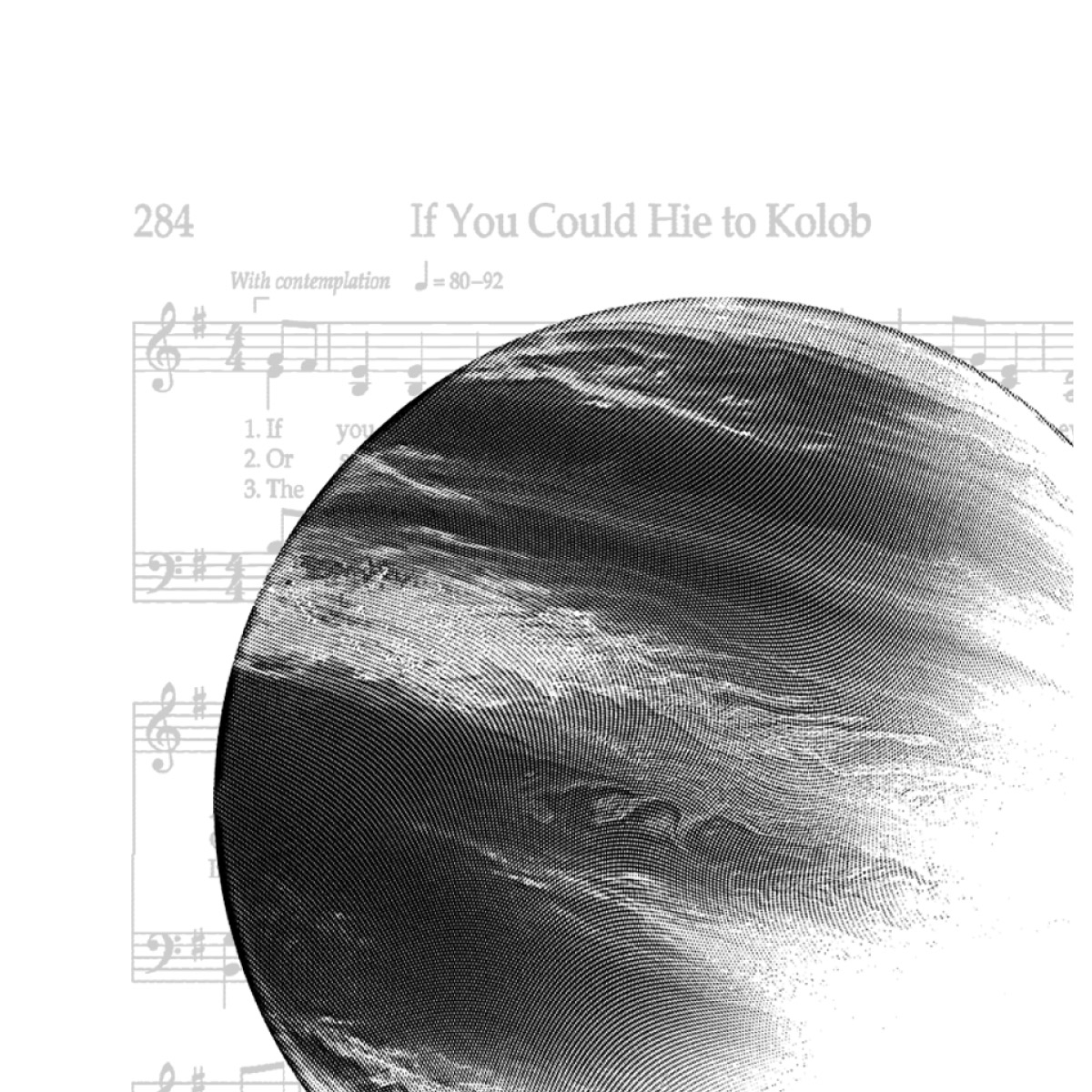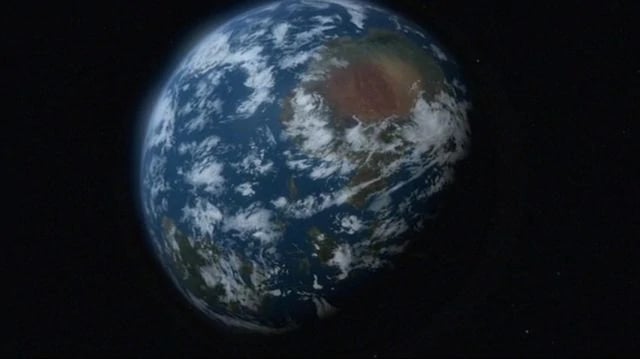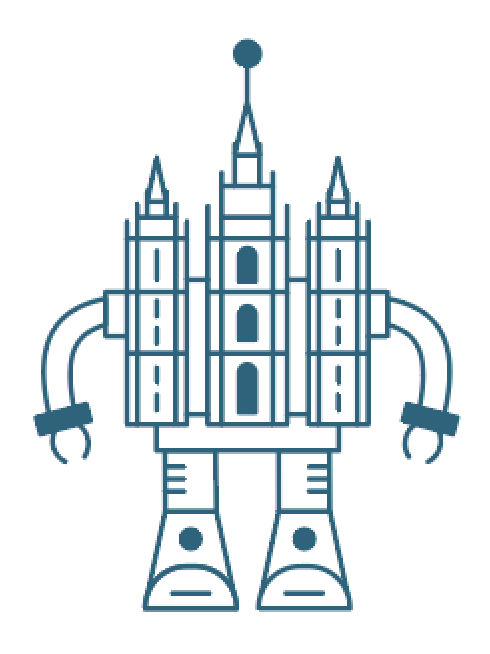Kolob

What is Kolob?
Kolob is a celestial body mentioned in the Book of Abraham and in Facsimile 2.[1] It is a star or planet,[2] a "great" and "governing" celestial object,[3] is "near unto" God and "nigh unto the throne of God,"[4] was used to tell relative time,[5] and was associated with creation.[6]
Is Kolob a star or a planet?
It's unclear. The Book of Abraham appears to describe it as both,[7] and historically Latter-day Saint leaders and scriptural interpreters have used both the words "star" and "planet" to describe Kolob.[8]
Is Kolob where God lives or near where God lives?
It's unclear. The Book of Abraham is also ambiguous on whether Kolob is where God lives or near where God lives,[9] and Latter-day Saint leaders and writers have described it both ways.[10]
Related Question
Is there any evidence that Joseph Smith liked astrology?
Read more in Joseph Smith's Jupiter Talisman
Isn't Kolob just a symbol for Christ?
Possibly. Some Latter-day Saint writers have drawn a symbolic connection between Kolob and Jesus Christ,[11] but the Book of Abraham itself doesn't seem to make this connection explicit. The text seems to describe Kolob as if it were a literal celestial body.[12]
Did we live on Kolob in the pre-existence?
It's unclear. In the early twentieth century, Orson F. Whitney wrote a poem depicting Kolob as the location of the pre-mortal council.[13] Some other Church leaders have also taught this,[14] but the Book of Abraham doesn't explicitly say so.
Do people live on Kolob?
It's unknown. Some early Latter-day Saints seemed to hold this view.[15] Brigham Young mentioned on one occasion there being inhabitants on Kolob and other "distant planets."[16]Others taught that Kolob had inhabitants but did not specify if that's where souls return to after death.[17] The Book of Abraham isn't clear on this.
Did the earth fall from Kolob's orbit or the presence of God at the Fall of Adam and Eve?
It's unclear. The Book of Abraham isn't explicit on this. However, Brigham Young[18] and John Taylor[19] did teach this concept.
Do we know where Kolob is?
No. It's most commonly associated with the star Sirius (Canis Majoris).[20] It's also sometimes associated with other stars or star patterns,[21] like Thuban (Alpha Draconis)[22] or the Pleiades star cluster,[23] or even placed at the center of the Milky Way Galaxy.[24] There is no official doctrine on where Kolob is or otherwise what kind of celestial object it might be.
Is it known where the name Kolob comes from?
Not definitively, but there are some possibilities. Some Latter-day Saint scholars have proposed various ancient roots for the word, listed below.
Table of proposed origins for the name Kolob
Why do people believe that Kolob might be Sirius?
There are a couple of potential reasons. The consonants in the name Kolob (klb) match the consonantal root for the word "dog" in ancient Semitic languages.[29] Since Sirius has been known as the "dog star" (Canis Majoris) since ancient times,[30] some draw a connection between the two.[31]
Others have also compared the Book of Abraham's description of Kolob with the ancient Egyptian understanding of Sirius.[32]
Do people actually believe that God lives on the star Sirius?
Not exactly. The connections some scholars have suggested between Kolob and Sirius are based on perceived similarities between the Book of Abraham and ancient cosmology,[33] not necessarily because they themselves believe God physically dwells on Sirius.[34]
Is there any scientific explanation for Kolob?
Maybe? Some Latter-day Saints have attempted to place Kolob into a modern scientific context but there is no consensus on how to harmonize the cosmology of the Book of Abraham with modern science.[35]
If Kolob is a physical place, is it in our same universe?
It's unknown. The proposals matching Kolob to any celestial body or object (a star or star system or something in the center of the Milky Way galaxy) are speculation.[36]
Is Kolob a central concept in Latter-day Saint theology?
No, not really. The last time Kolob was mentioned in General Conference was in 1966.[37] In the 2017 seminary and institute curriculum, Kolob is only briefly mentioned.[38]
Has Kolob influenced Latter-day Saint culture?
Yes. Latter-day Saints have used Kolob as a source of inspiration for poems[39] and hymns.[40] One author even used Kolob as the basis for a 2016 graphic novel.[41]
Did Kolob inspire Battlestar Galactica?
Seems like it. Glen A. Larson,[BIO] an executive producer for the sci-fi TV show Battlestar Galactica, was an active Latter-day Saint.[42] He reportedly "infused his series mythology with too many Mormon references to ignore,"[43] including a planet called Kobol and other Latter-day Saint themes and concepts.[44]

Why do people make fun of Kolob so much?
It is a strange concept. For example, in the Book of Mormon musical song "I Believe," it's sung: "I believe that God lives on a planet called Kolob! I believe that Jesus has his own planet as well."[45]
Critics have discussed the idea of Kolob since the nineteenth century.[46]
But it is weird, right?
Yes.
- Lee C.
“I think it’s a question that will be answered in the next life or perhaps during the millennium.” - Constanza
“In Psalms 22:20 it says: "Deliver my soul from the sword; my darling from the power of the dog." Could this verse be related to Kolob? In astrology, Sirius is a fixed star, often associated with fame, power, and the connection between the physical and spiritual realms.” - David
“Here’s my nuanced take: God uses symbolism and the culture of our times to help us understand Him. The cosmology of ancient peoples and Abraham are demonstrably incorrect, but God still used it.” - Chris Y.
“I love how the theology dispells a lot of the "mystery" of God's nature. He is a REAL being, existing in a Real place, why wouldn't it have a name? If we could see all of space, why couldn't we observe a nearby Star. God wants us to be like Him, why hide away?” - Josh S.
“All things given from God are to be types of Christ (2 Nephi 11:4; Moses 6:63). And especially since Abraham 3 is in canonized scripture, we are to find Jesus in it. God isn’t trying to help Abraham learn more about astronomy, but helping him know who God and Jesus are (John 17:3).”



 about this topic
about this topic